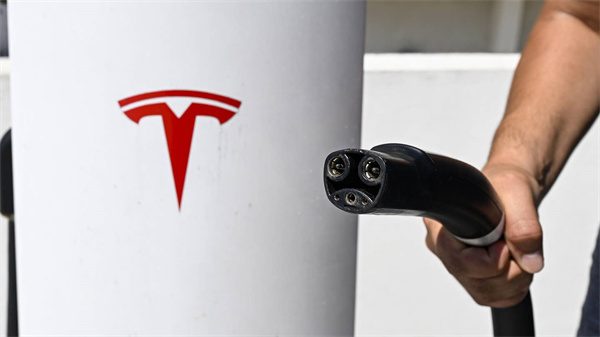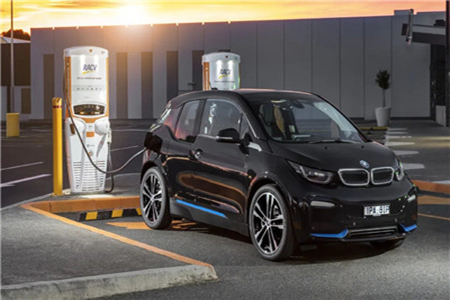Commonly used charging piles for Tesla Model 3/Y have two powers: 7kW and 11kW. Depending on the charging power, the vehicle’s charging mileage per hour is also different. For the same 11kW charging pile, Tesla’s charging speed may also be different. This article mainly discusses the factors that affect the charging speed when charging with the same power.
1. Different power supply voltages
What we usually call 220V is single-phase electricity, and 380V is three-phase electricity. 220V is the phase voltage, and 380V is the line voltage corresponding to three-phase electricity. When Tesla is charging, both the vehicle and the APP display about 220V, and the voltage of 380V will not appear, because Tesla only displays phase voltage, not line voltage. If three-phase electricity is used for charging, Tesla will display another icon “3″ to distinguish it from single-phase electricity.
The difference in power supply voltage mentioned in this article refers to the difference in phase voltage. For example, 220V is the rated voltage, and the power grid will not be stable at 220V. Phase voltages between 200V and 240V are relatively normal. But if the same three-phase electricity is used, 240V will charge about 40% faster than 200V.
The phase voltage is determined by the power supply from the grid. Neither the charging pile nor the vehicle can change the power supply voltage. If a three-phase charging pile is used, due to different power supply voltages, Tesla Model 3/Y can charge about 60-80 kilometers per hour, which is a normal value. If you use 220V/7kW charging, the charging speed is about 40-50 kilometers, which is normal.
If the voltage is too low, such as less than 200V, Tesla may reduce the load and charge. At this time, it is necessary to check whether the power supply line needs to be modified to increase the charging speed.

2 different models
Even if the same charging pile is used, different versions of models may have different charging speeds. For charging piles, the charging rate per hour is basically fixed, such as about 11 kilowatt hours. But for different models, the mileage per kilowatt hour is different, so the mileage per hour charged for different models may also be different. Usually the mileage per kilowatt hour of the electric performance version is about 10% less than the standard version.
3.Turn on the air conditioning or battery heating functions of the vehicle
When charging, if the vehicle’s air conditioner is turned on, the air conditioner will use part of the charging power, and the charging mileage will be reduced accordingly. In addition, when charging in winter, the battery temperature may be too low at the beginning of charging, and the vehicle will give priority to battery heating, and the charging mileage at this time will be lower than normal.
There are three main reasons for Tesla’s different charging speeds. In addition, within half an hour before the end of charging, the vehicle will appropriately reduce the charging speed until the end of charging, which is normal.
Post time: Nov-27-2023






